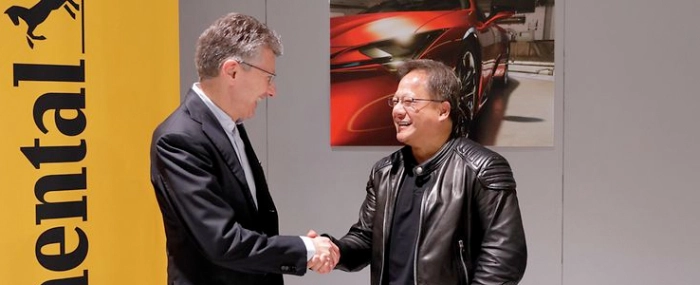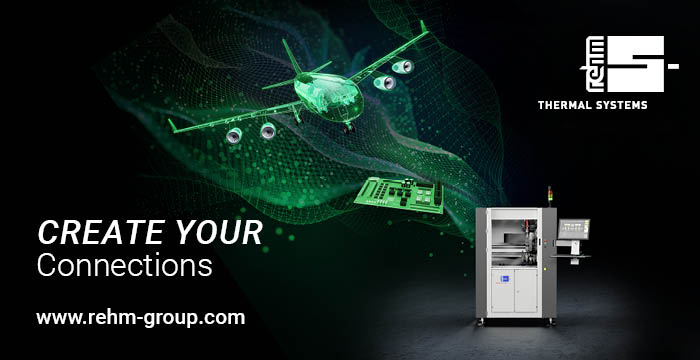
© Continental
Electronics Production |
Conti & Nvidia partners on full-scale autonomous vehicle platform
The two companies have announced that they are partnering to create Artificial Intelligence (AI) self-driving vehicle systems based on the Nvidia DRIVE platform, with a planned market introduction in 2021 for level 3 features.
The partnership will enable the production of AI computer systems that scale from automated Level 2 features through full Level 5 self-driving capabilities, where the vehicle has no steering wheel or pedals, a press release reads.
The companies will work together – both providing dedicated engineering teams, to develop self-driving solutions based on the Nvidia DRIVE platform. The solution will take advantage of Conti’s experience in system and software engineering for ASIL D rated safety and integrate a range of the company’s sensors technologies, including Radar, Camera and High-Resolution 3D LiDAR.
“The vehicle of the future will be a sensing, planning and acting computer on wheels. The complexity of autonomous driving require nothing less than the full computational horsepower of an AI supercomputer,” said Continental CEO Dr. Elmar Degenhart. “Together with the performance and flexibility of Nvidia’s AI self-driving solution, from the cloud to the car we will achieve new levels of safety, comfort and personalization for future vehicles.”
“We now have all the key elements in place to take AI self-driving cars from development to mass production,” said Jensen Huang, founder and CEO of Nvidia. “Our newly arrived DRIVE Xavier processor, extensive Nvidia DRIVE software, and cloud-to-car approach for testing, validation and functional safety, combined with Continental’s expertise and global reach, will bring autonomous cars to the world.”
As the brain of the Continental system, Nvidia DRIVE Xavier can deliver 30 TOPS (trillion operations per second) for deep learning, while consuming only 30 watts of energy. This level of performance is necessary to handle the massive amount of data processing that self-driving vehicles must perform. These include running deep neural nets to sense surroundings, understanding the environment, localizing the vehicle on an HD map, predicting the behavior and position of other objects, as well as computing vehicle dynamics and a safe path forward, the press release continues.
Continental and Nvidia will initially develop highly automated driving features, including 360-degree perception and automatic lane changing on highways, plus the ability to merge in traffic. In addition, the system will integrate HD maps, enabling the vehicle to localize themselves and provide mapping updates.




